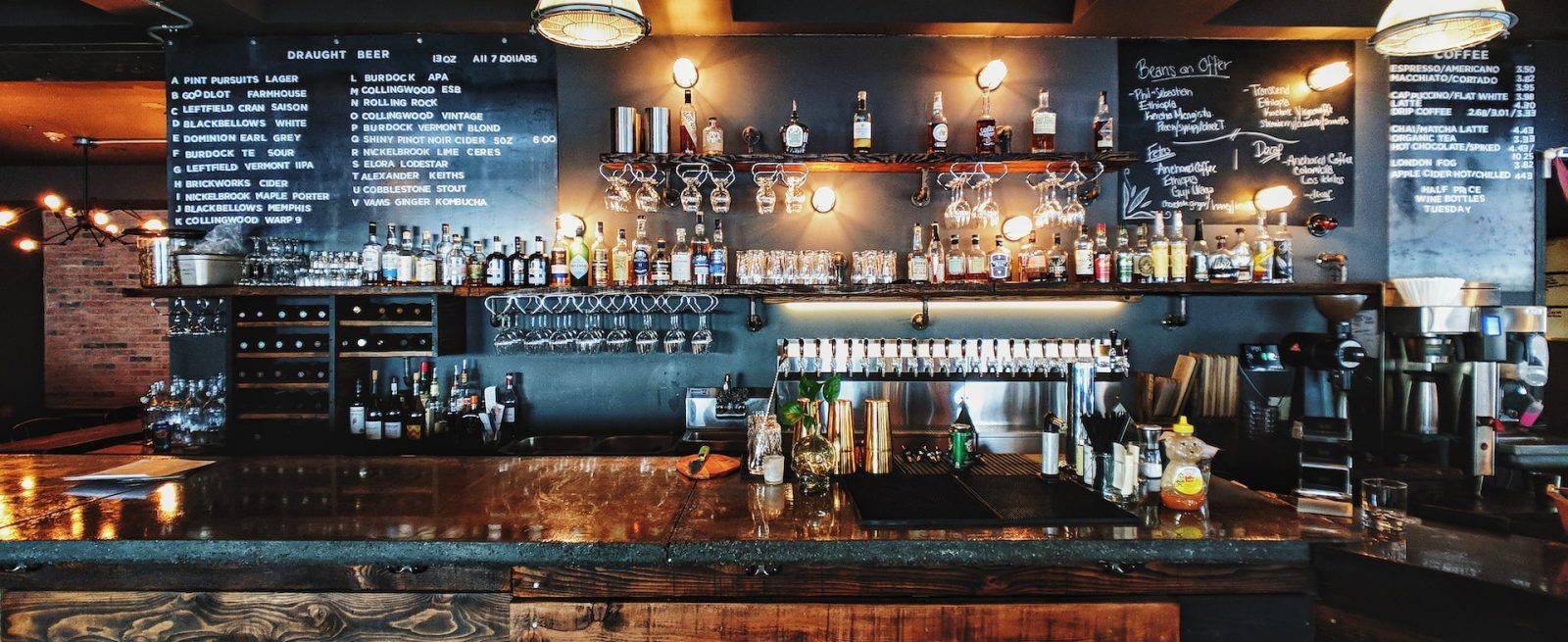State of the Industry and More Restaurant Research
15 Min Read
In a State of the Restaurant industry report, the Natiional Restaurant Association sees a return to normal with predicted sales growth in 2023. Other top research lists how impactful the Super Bowl was for restaurants, the state of gift cards and top pizza cities.
A Return to NormalThe National Restaurant Association released its 2023 State of the Restaurant Industry report, which examines key factors impacting the industry including the current state of the economy, operations, workforce, and food and menu trends to forecast sales and market trends for the year ahead. The report is an authoritative look at the industry and its opportunities based on a range of national surveys of restaurant owners, operators, chefs, and consumers.
Key findings illustrating the industry's economic conditions include:
Growth will continue: The foodservice industry is forecast to reach $997 billion in sales in 2023, driven in part by higher menu prices.
Industry help wanted: The…
Sorry, You've Reached Your Article Limit.
Register for free with our site to get unlimited articles.
Already registered? Sign in!

